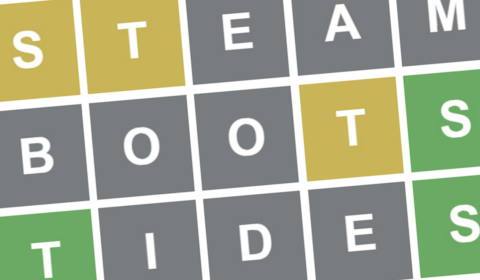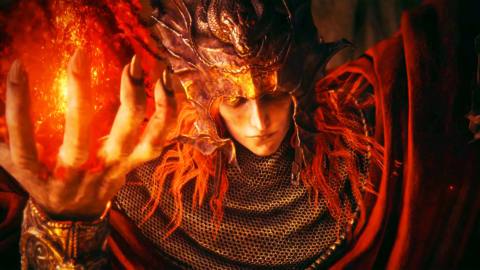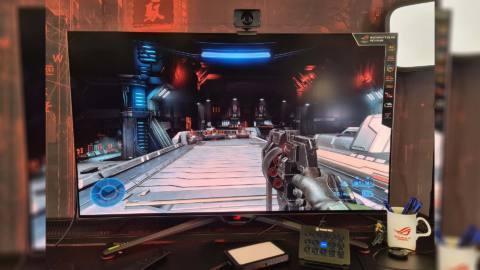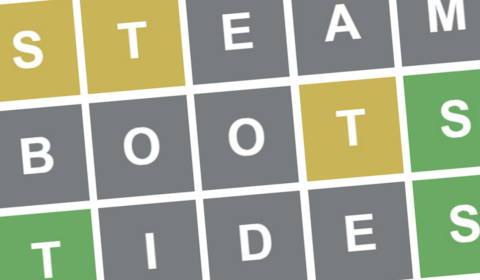What is it? A 3D, puzzle-filled, haunted-mansion mystery thriller made for extensive note-taking.
Release date May 16, 2024
Price $25
Developer Simogo
Publisher Annapurna Interactive
Reviewed on RTX 3060 Ti, Intel i7-10700F, 16GB DDR4
Multiplayer No
Steam Deck Verified
Link Official site
Lorelei and the Laser Eyes is an eclectic, puzzle-filled, haunted-mansion mystery thriller for PC and Nintendo Switch. It's a mystery game, and not only in the narrative sense. Discovering what kinds of puzzles are hidden in its halls and what they look like on your screen is all part of its charm. But getting the answer is never enough. The mechanical status quo—the UI, art style, perspective—all warp with the mystery. It's not just a challenge to find a code, but also to read it, and then use it on whatever surface is in front of you.
That's all you really need to know to pick Lorelei up, and it is the best way to experience what may well be a contender for game of the year—I'll endeavor to avoid any serious spoilers as a result.
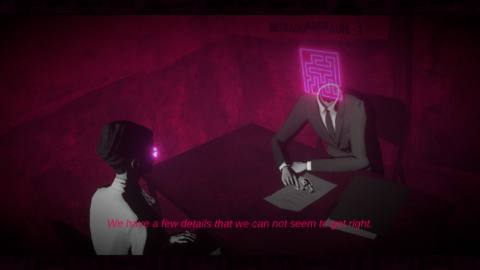
Lorelei bears little resemblance to Swedish studio Simogo's 2019 neon rhythm game, Sayonara Wild Hearts. It's slow, all grayscale with distinguished red accents—blood, wine, some other stuff that won’t make sense yet. And its pacing is built around your own wit. Simogo has previously played in this realm to smaller acclaim: The text-based mystery game Device 6 was an early iOS hit. And while both games involve reading through the content of text documents (letters, scripts, notes, books) to find answers, Lorelei has a whole haunted manor filled with puzzle boxes, safes, locked doors, mazes, and other puzzles that aren't immediately evident.
Set in the Hotel Letztes Jahr, Lorelei builds off archetypal mystery settings and figures to establish its tense tone. The player character, who I'm only 90% sure is named Renate, is an artist invited to the remote central European woods by eccentric bohemian filmmaker Renzo Nero, an aloof, sometimes threatening person evoking Remedy's riddle-laden janitor Ahti. And I think Renate may be the one writing the puzzling quest I am on. It's hard to explain. Everything has been obfuscated—to her and me. If you know where to look, the mysteries begin as soon as Renate steps out of her car outside the gates. Finding objects and reading item descriptions is one central component of Lorelei's puzzle-solving, but it will only get you started.
Just as its narrative and imagery are taken from a collage of inspirations, so too are Lorelei's mechanics. Logic, geometry, number and time systems, astrology, and so much more are all fair game. When Lorelei’s puzzles combine these systems—using Strobogrammatic numbers with Roman numerals, translated onto a clock using a 24-hour time system—it all starts to feel sprawling. The many puzzles of its manor are built atop these different logics that keep me disoriented but excited.
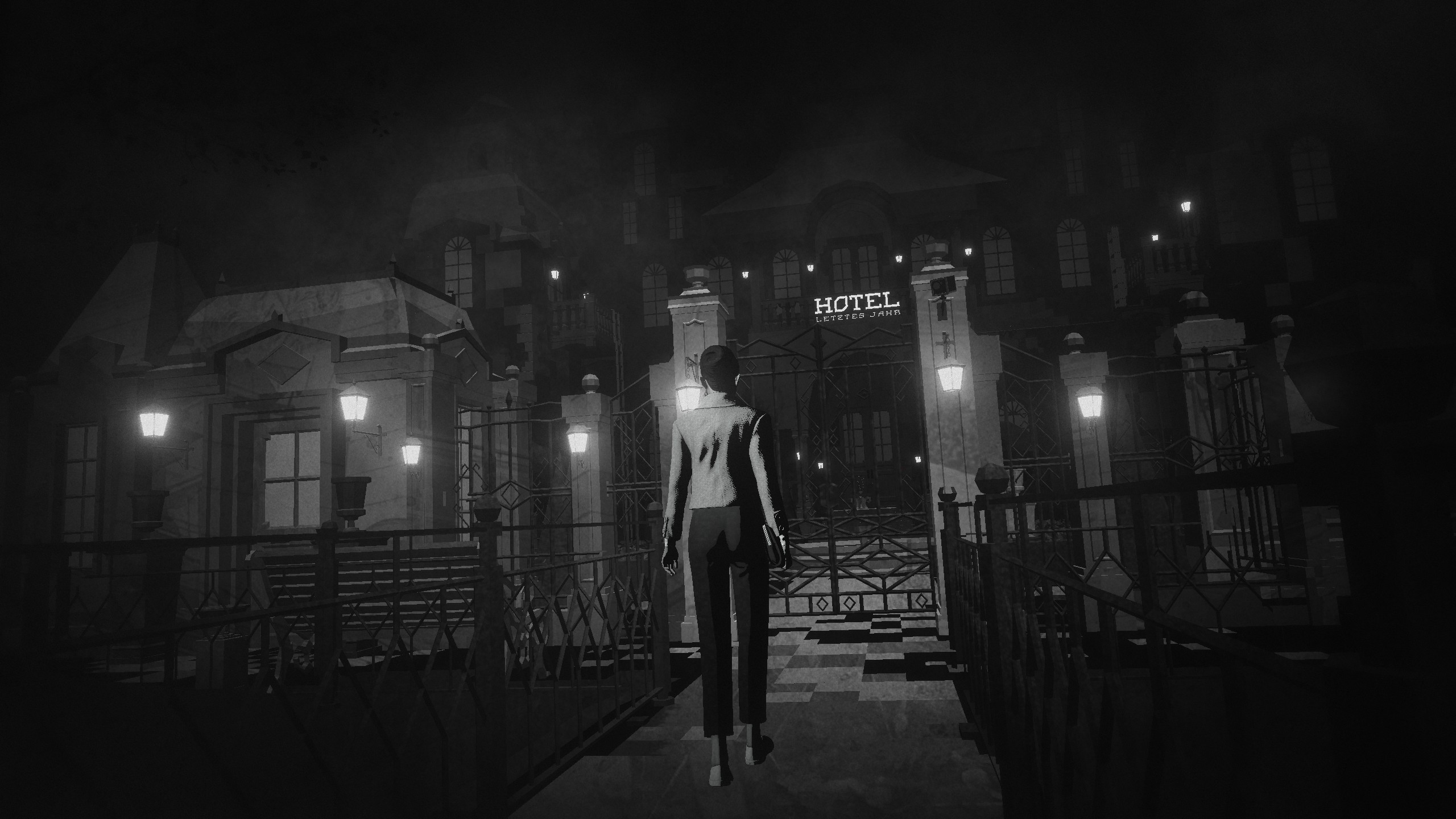
Designed with minimal inputs on a somewhat unique control scheme so that it's entirely playable in one hand (whether that be a half an Xbox controller on PC or a single joy-con on Switch), your other hand will always be busy with note-taking, something the game is very clear about necessitating. Simogo and publisher Annapurna Interactive even mailed me a notebook filled with shapes, symbols, notes, maps, a maze, and blank numbered lists (one of a random collection of years, one for phone numbers, one entirely blank). It provided me with just a hint at what patterns to begin looking for, though it's all details found in-game. It probably saved me an hour or two of copying things down, and at 17 hours in, a save screen says I’m about 70% of the way cleared (though your mileage will vary).
It can be hard to know what an impasse is early on, and on several occasions I missed a turn of a page or a movable object that left me stuck wandering back over my path for hours at a time. Yet some part of me is grateful that I had to persist without a guide in the review period. For the most part, the game design is an effective guide. Pursuing different kinds of puzzles of uncertain narrative import led me to many dead ends, but there are narrative revelations and mechanical delights beyond those impasses. It's revealed early on what the game is building towards, or maybe I just happened to stumble upon it. It demands decoding several alphabets used in different codes to unlock something at the heart of this hotel's past. When I finally started cracking one of these codes, I felt like I'd begun to uncover the knowledge of the ancients. I am so smart. I am unstoppable. I am… stuck again. And repeat.
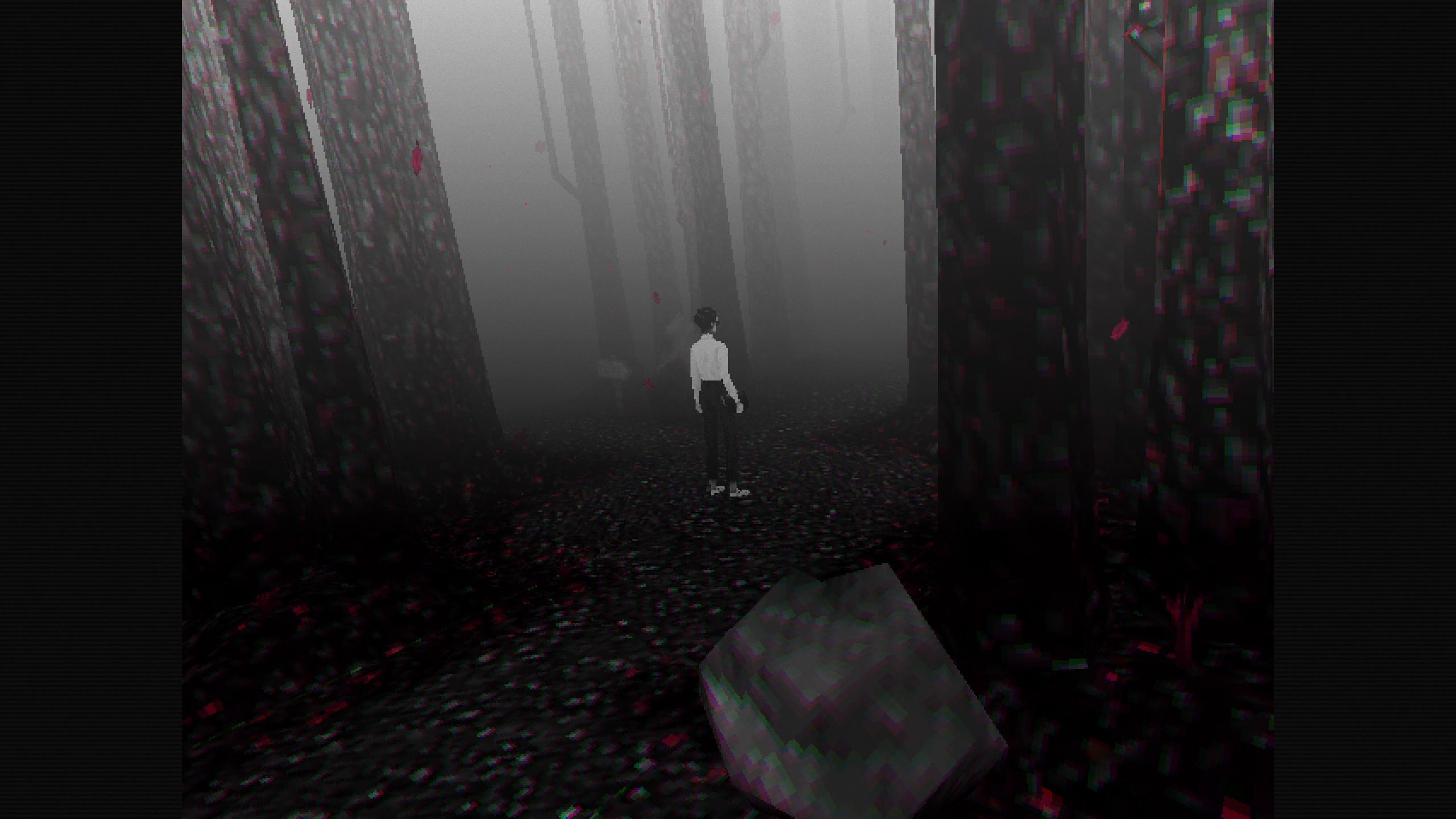
The most delightful of these moments were when new puzzles introduced not just new mechanics, but whole new perspectives. The game is filled with 3D puzzle boxes, safes, art installations, and mazes that warp the actual gameplay. In some peak meta BS, you can play a diegetic, 8-bit version of Lorelei and the Laser Eyes and even a PS1-looking demo area of another game of the same name. And there's even a series of point-and-click adventures that play with the game's save system.
While I've grown familiar with the layout of its haunted hotel and I'm becoming quite confident in my parsing of Roman numerals, Lorelei's mystery narrative dangles its loose ends as an incentive to keep going, whether that's solving more puzzles, reading every item description, or sifting through in-game texts. Ultimately, though, I don't think its ending particularly matters. I hope it is narratively satisfying, but it won't give me what hours and hours of haunted puzzle-solving while on the edge of my seat—pencil in hand—could. In Lorelei, Simogo has already found the most important answers.

